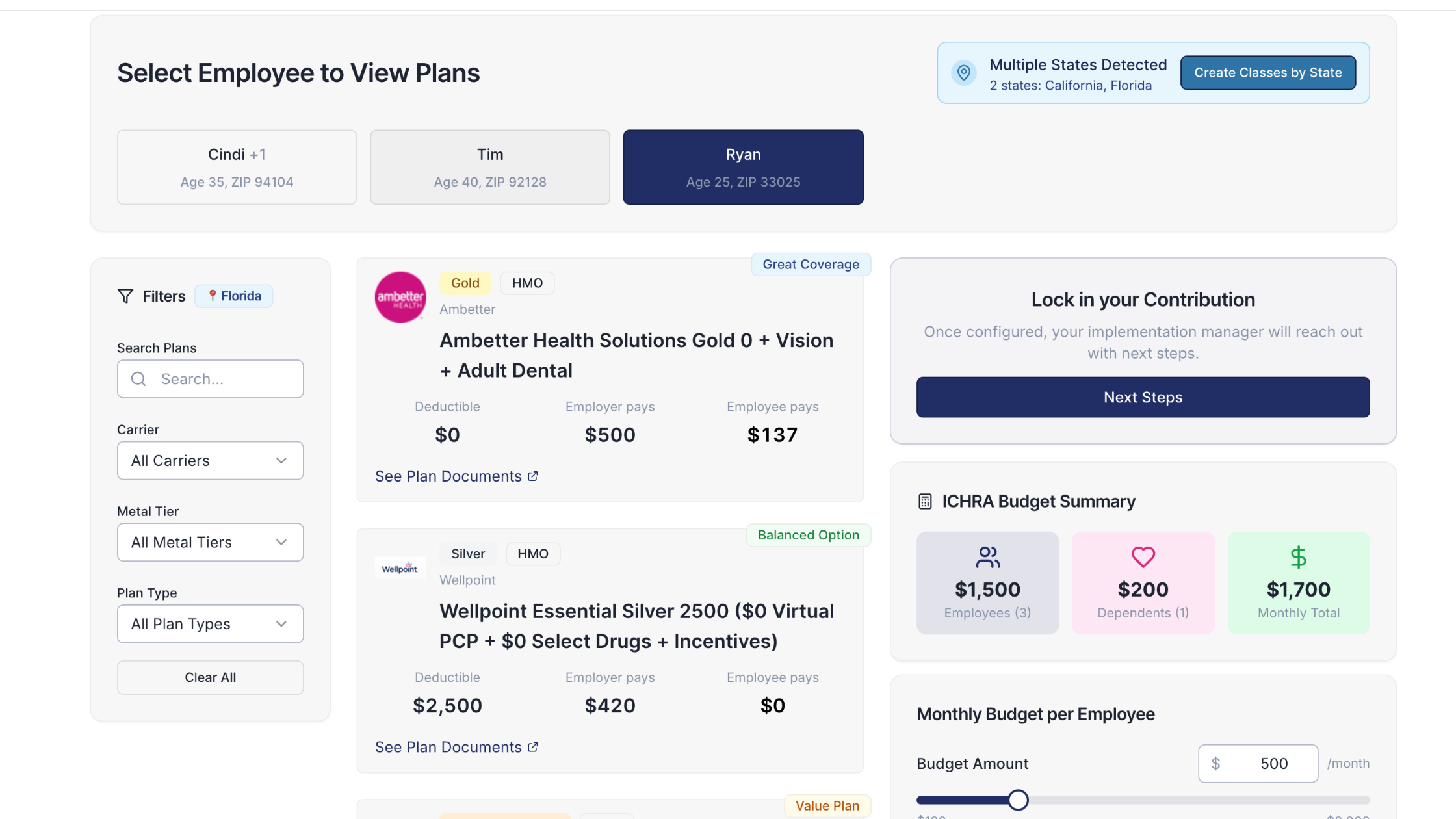The Importance of Cultivating Employee Financial Literacy: A Step-by-Step Guide

Understanding the Importance of Employee Financial Literacy
When employees are financially literate, they are better equipped to handle the financial challenges that come their way. They can make informed decisions regarding their money, whether it's budgeting for everyday expenses, navigating the complex world of employee benefits, or planning for long-term goals like homeownership or retirement.
Moreover, financial literacy reduces stress and improves overall employee well-being. When employees have a solid understanding of their finances, they are less likely to experience financial strain, which can negatively impact their physical and mental health. By prioritizing employee financial literacy, organizations can create a happier and more productive workforce.
When employees feel confident about their financial situation, they are more likely to focus on their work and be fully present in their roles. Financial stress can be a significant distraction, leading to decreased productivity and increased absenteeism. By providing resources and education on financial literacy, organizations can help alleviate this stress and create a more engaged workforce.
Building an Effective Employee Financial Wellness Program
A financial wellness program aims to enhance the financial well-being of employees by providing resources, education, and support.
Defining the Scope of Your Employee Financial Wellness Program
Start by identifying the financial challenges your employees may face and understanding their specific needs. Conduct surveys or interviews to gather information about their financial goals, concerns, and areas where they feel they need support.
Based on this data, develop a comprehensive plan tailored to address the specific needs of your employees. Ensure that the program offers a variety of resources, such as financial education seminars, one-on-one financial counseling sessions, and online tools or applications to assist with budgeting and financial planning.
Remember to keep the program inclusive and accessible to all employees. Consider offering multiple delivery methods, such as in-person workshops, virtual webinars, or self-paced online courses. This allows employees to engage with the program in a way that suits their learning style and availability.
Crafting a Customized Financial Wellness Program
No two organizations are the same, and neither are their employees. To maximize the impact of your financial wellness program, customize it to meet the unique needs of your workforce. This may involve partnering with financial experts or consulting firms to provide tailored solutions.
Consider incorporating various educational resources, such as newsletters, articles, or podcasts, to cater to different learning preferences. Gamification can also be an effective way to engage employees in learning financial concepts by turning it into a fun and interactive experience.
Alleviating Employee Financial Strain through Benefits
In addition to implementing a financial wellness program, organizations can alleviate employee financial strain by offering comprehensive benefits. Let's explore the different types of benefits that can improve employee financial well-being.
Enhancing Employee Wellbeing with Health Benefits
Health benefits play a crucial role in supporting employee financial well-being. Comprehensive health insurance coverage ensures that employees have access to affordable healthcare services, reducing the financial burden of medical expenses. Additionally, wellness programs can promote a healthy lifestyle, preventing costly medical conditions in the long run.
Promoting Financial Wellness through Comprehensive Benefits
Comprehensive benefits extend beyond health insurance and can include retirement plans, disability insurance, and life insurance. By offering retirement plans, such as 401(k) or IRA, organizations encourage employees to save for their future. Disability insurance provides financial protection if employees are unable to work due to illness or injury, while life insurance offers financial security to their loved ones.
Empowering Employees with Education Benefits
Education benefits can contribute to employee financial well-being by supporting ongoing learning and personal development. Tuition reimbursement programs or scholarships enable employees to enhance their skills and knowledge, increasing their earning potential in the long term.
Supporting Financial Stability with Remote Work Benefits
Remote work has become more prevalent in recent times. Organizations can support financial stability for remote workers by providing resources such as stipends for home office equipment or flexible work schedules. These benefits not only enhance work-life balance but also minimize expenses associated with commuting or maintaining a physical workspace.
Wrapping Up the Importance of Employee Financial Literacy
Employee financial literacy is not just a nice-to-have; it is an essential component of a healthy and productive workforce. By investing in financial education and wellness programs, organizations demonstrate their commitment to employees' overall well-being.
Remember, the journey to financial literacy is ongoing. Continuously evaluate the effectiveness of your programs, adapt to changing needs, and encourage employees to take an active role in their financial well-being. By doing so, you can create a culture of financial empowerment, where employees feel confident and in control of their financial futures.
Explore More Articles on Employee Financial Wellness
Continue your journey towards building a financially literate workforce by exploring more articles on employee financial wellness. Dive deeper into topics such as retirement planning, debt management, or investing. Stay curious and committed to cultivating employee financial literacy within your organization!
You got questions, we got answers!
We're here to help you make informed decisions on health insurance for you and your family. Check out our FAQs or contact us if you have any additional questions.
Explore more related content
What is Venteur
Explore the best human-first Health Insurance platform
Simple, personalized health benefits
Sign up in minutes, define your contribution, and let your employees choose the health plan that works right for them
Integrations to make everything run smoothly
We'll connect with your payroll and finance systems to make deductions and premium payments seamless
Easy onboarding and off-boarding
In just a few clicks, add your roster and make updates on the fly. We'll handle it from there.
Venteur Certified Brokers to help your employees pick the right plan
Our trusted brokers ensure the best outcomes for employees and employers by unlocking health savings and providing unrivaled plan options.
AI-powered plan recommendations to give you confidence while you shop
Backed by 30 years of healthcare data, Venteur’s AI helps employees compare and choose the best plan for their unique situation.
Compliance and reporting because no-duh!
Venteur manages plan administration, reporting, and compliance so you can focus on growing your business.


